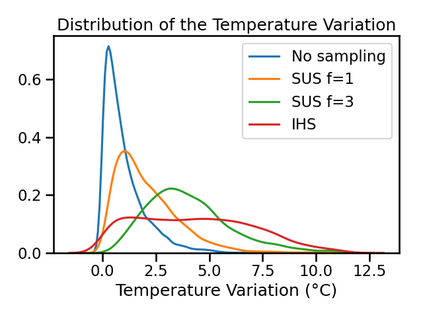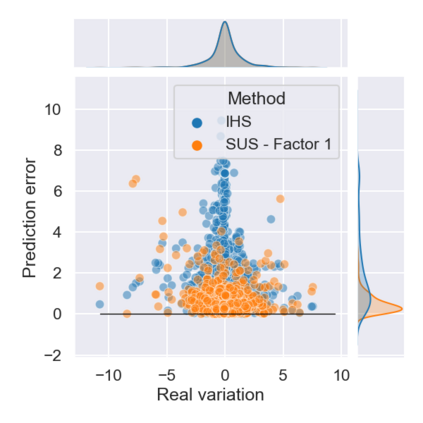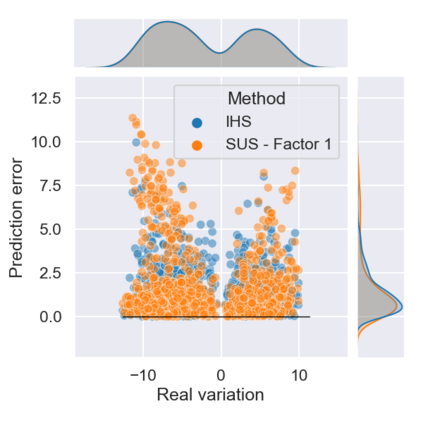Time-series forecasting plays an important role in many domains. Boosted by the advances in Deep Learning algorithms, it has for instance been used to predict wind power for eolic energy production, stock market fluctuations, or motor overheating. In some of these tasks, we are interested in predicting accurately some particular moments which often are underrepresented in the dataset, resulting in a problem known as imbalanced regression. In the literature, while recognized as a challenging problem, limited attention has been devoted on how to handle the problem in a practical setting. In this paper, we put forward a general approach to analyze time-series forecasting problems focusing on those underrepresented moments to reduce imbalances. Our approach has been developed based on a case study in a large industrial company, which we use to exemplify the approach.
翻译:时间序列预测在许多领域起着重要作用。 在深学习算法的进步推动下,它被用来预测叶子能源生产、股票市场波动或发动机过热的风力。在其中一些任务中,我们有兴趣准确预测在数据集中往往代表不足的某些特定时刻,导致一个被称为不平衡回归的问题。在文献中,尽管人们认识到这是一个具有挑战性的问题,但对如何在现实环境中解决问题的关注有限。在本文中,我们提出了一个分析时间序列预测问题的一般方法,侧重于那些代表不足的时段,以减少不平衡。我们的方法是在一个大型工业公司的案例研究基础上制定的,我们用这个研究来作为这个方法的范例。









